Assessments, Data, and Individualization
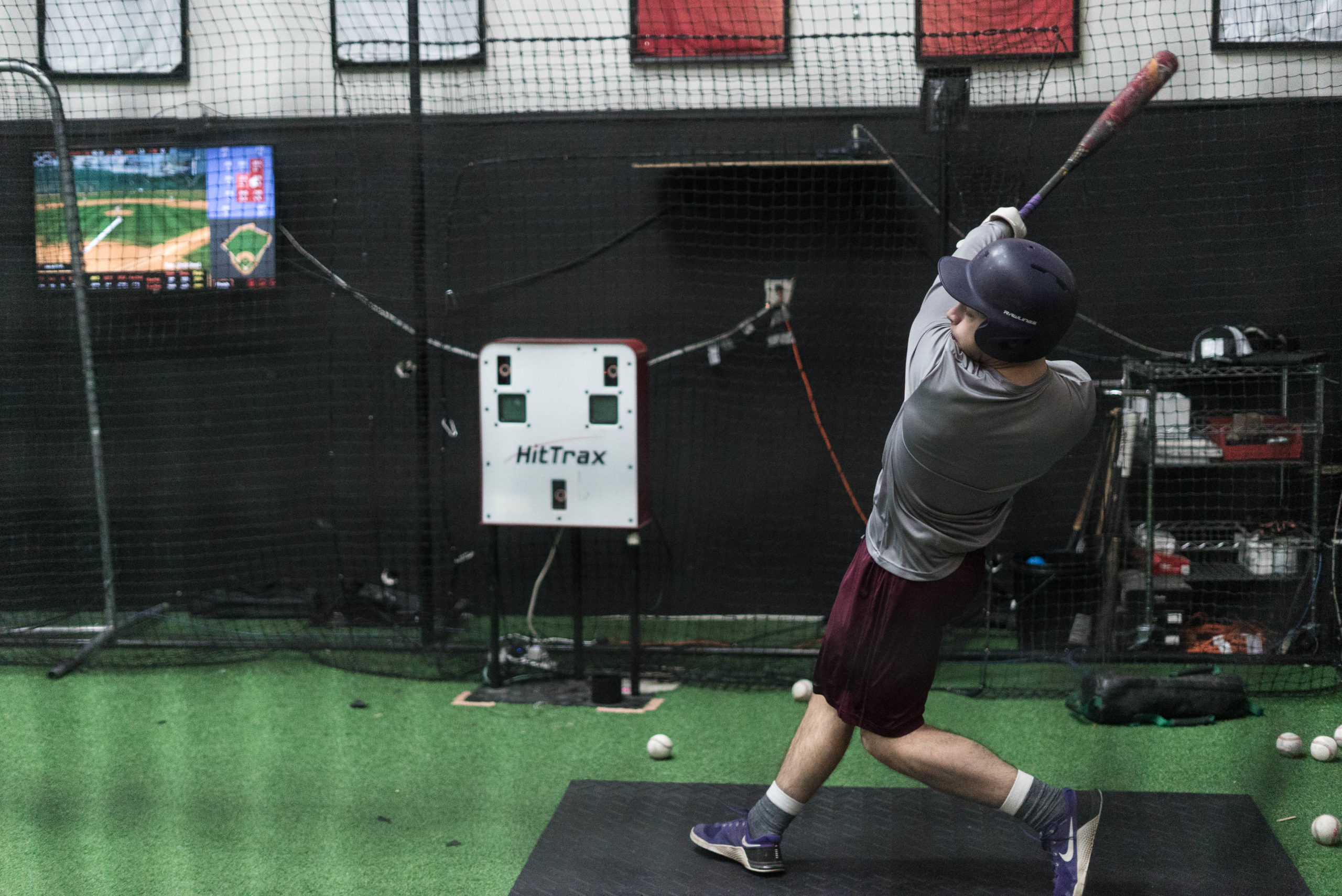
Individualization is seen as a must have with training programs. While this is good, it doesn’t come without some misunderstandings. We’ve touched on some of those issues before, but it sometimes seems like people get confused by what individualization means in relation to sports.
At times, individualization is treated in the sense that all players have to have a training program that is entirely unique to them, and only them, one that is brand new and never seen before—except that doesn’t always make a lot of sense.
In reality, good individualization shouldn’t be a program that completely starts from scratch, with everything new. Rather, it should be one based on sound principles and then tweaked based on assessment in order to better tailor to the needs of the athlete. This should happen for lifting, throwing, and hitting programs.

Become the Hitter You Want to Be
Train at Driveline
A simple example comes from a lifting program. Each program should be able to cover the basic movement patterns: squat, hinge, push, and pull. But how each athlete does that is subject to change based on the particular characteristics each athlete has.
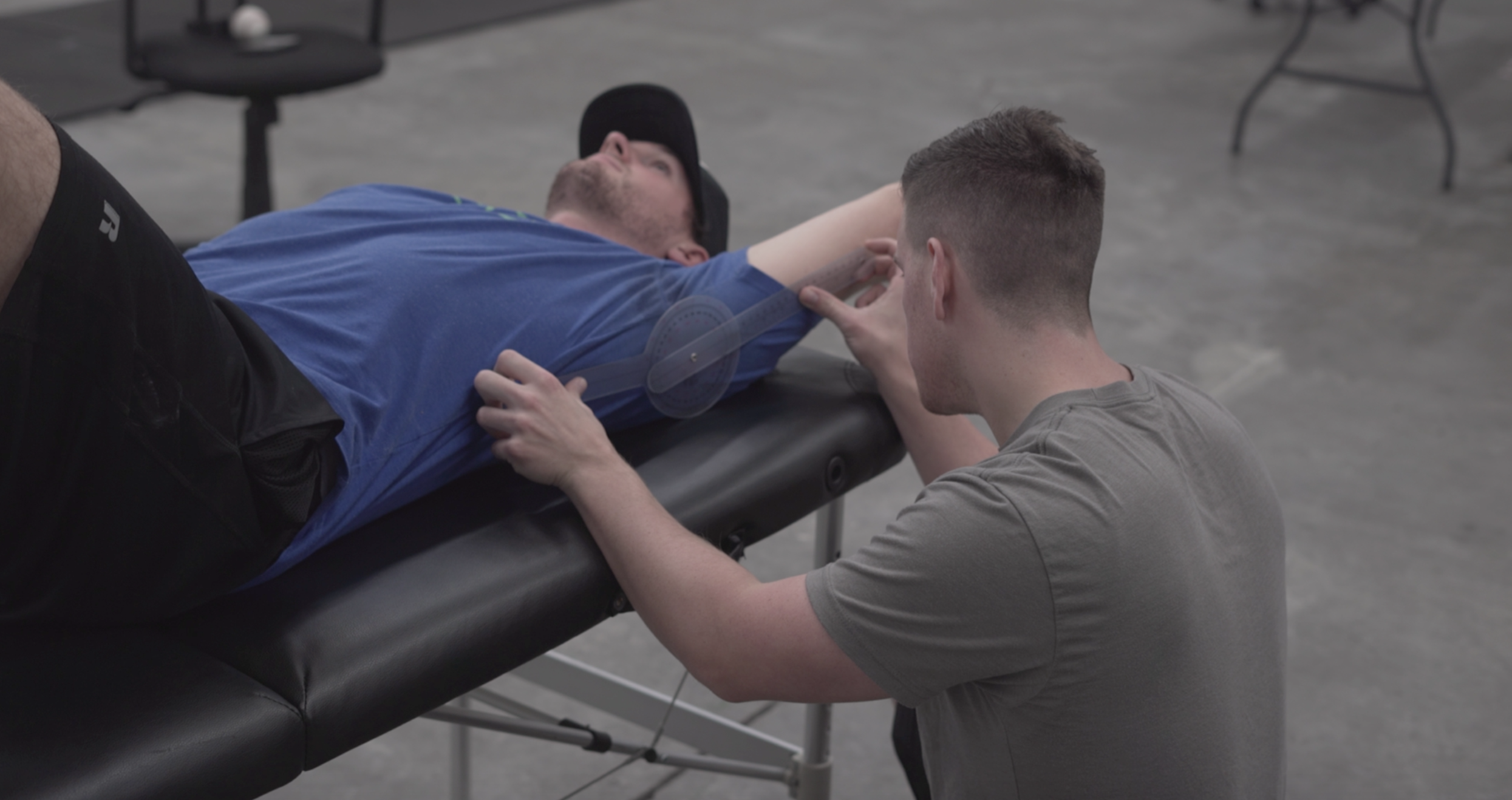
Maybe one athlete’s body is more conducive to the front squat than the back squat. Maybe he’s had back issues and bilateral squats (front and back) irritate his spine, but single leg work doesn’t. All of these changes fall under individualization and should come from a quality assessment at the beginning of the training process.
Baseball specifically has a significant amount of data in the game—nearly everything is tracked. This gives players and coaches a unique advantage to assess specific skills and then create programs built upon that information.
There are many misconceptions with the data revolution in baseball, many coaches feel as though the technology is intended to replace them, which isn’t true. There will be no winner between a battle of technology or coaching, but it also isn’t a battle that needs to be fought. The best teams will simply be the ones that integrate technology with coaching.

The worst uses of technology are the ones with no action, which is more common than not, and is probably why many dislike it. Spin rate, exit velocity and launch angle metrics with no ability to understand or know how to develop players off it is a waste. But those who disregard the data as a challenge to their current coaching concepts will be passed over by those who use it to their advantage.
Much of the technology now available gives coaches and players the opportunity to answer questions that people have been unable to answer.
Technology and the data it produces isn’t going to replace coaching. It’s going to fill in the gaps and supplement the knowledge a coach already has.
The best teams and coaches will be a blend of technology and coaching making the player development process more precise. The use of data in a formal and continuous fashion means that we can consistently assess our athletes to individualize programs to help them improve. Below we are going to look at how we can use information from assessments to individualize programming.
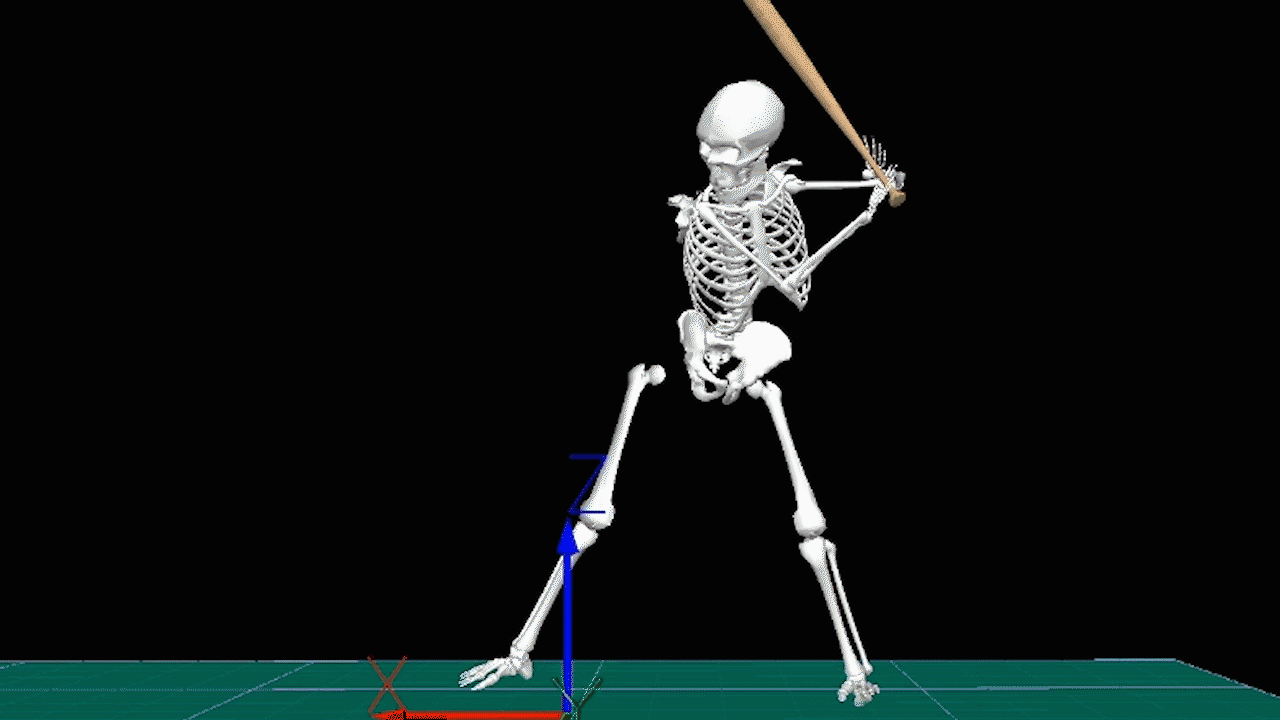
Foundations of Hitting
30 modules teaching you everything we know about hitting and hitting mechanics.
Formal Assessments
We see assessment as a multi-part process. At our facility we have formal assessments every four weeks. There is a straight mobility check, a look a strength, and a look at either hitting or pitching movement.
Formal assessments serve the purpose of seeing if the pieces of the training program that are inserted to individualize and help an athlete with a skill are working.
This goes beyond watching a player train or play on a day-to-day basis. It’s a time to take a step back and get a look at how all the pieces of a training program are working together.
Many times there are “issues” that coaches see in a player’s hitting or pitching mechanics, and they try to cue them into better habits. This isn’t going to work if the player isn’t moving a certain way because he isn’t mobile enough or stable enough to hold that position.
Too often pitching and hitting are discussed in a vacuum that neglects strength and conditioning or mobility aspects.
This is why the first part of an assessment, for us, covers these measurables: mobility and strength.
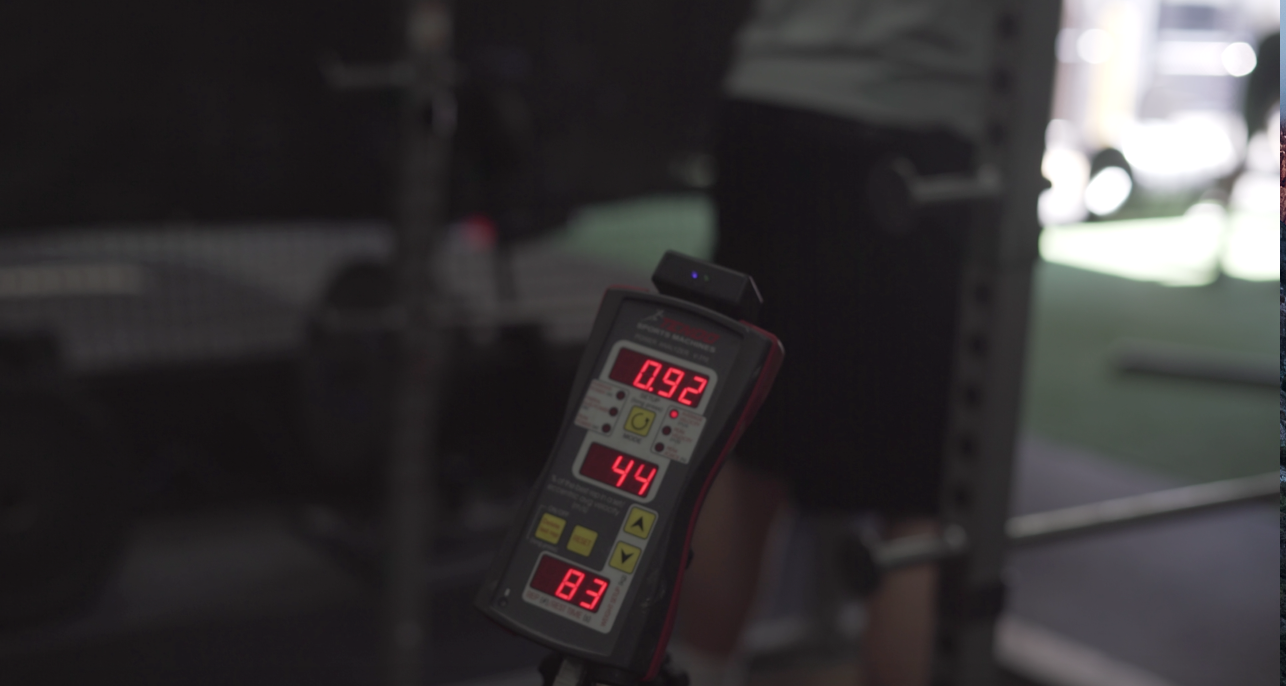
We’re looking at range-of-motion and how an athlete moves under load, which gives us an idea of not only movement quality but also strength and power.
This can then be paired with a performance assessment by getting on the mound and watching a player throw, looking at movement quality with video, which does have his limitations, or reviewing biomechanics with either the Motus sleeve or a biomechanics lab—all while collecting velocity, spin rate, and pitch-movement characteristics.
This is where technology and data fit in so well to the assessment process. They are simply more specific measurements of the things that coaches are seeing day in and day out.
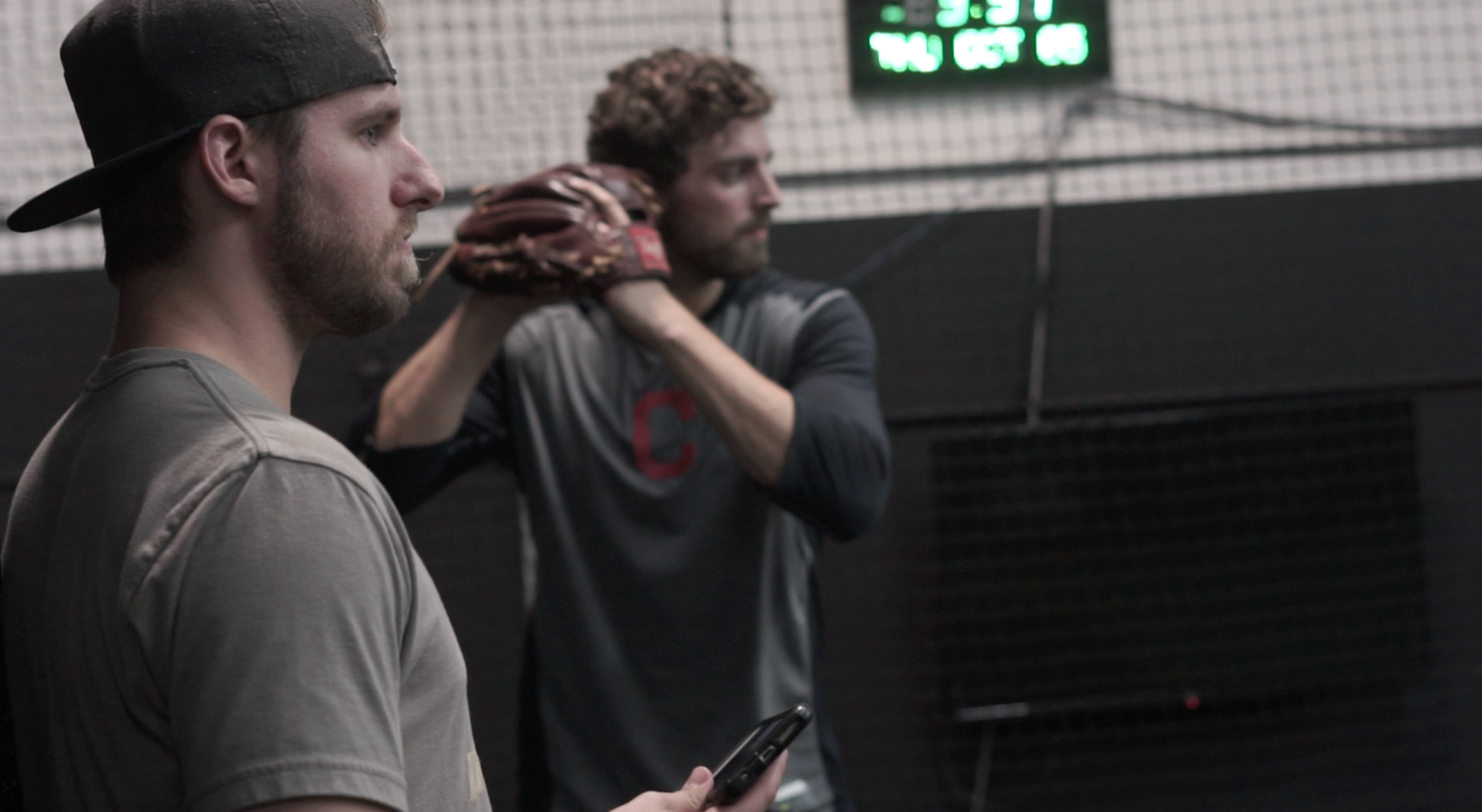
Doing all of these things gives us a detailed look at where a player is currently, so we can pinpoint the areas that need to improve. Each player is going to lift, do mobility work, and throw. But collecting this data allow us to take those areas and tweak them specifically to someone’s needs.
This goes beyond watching a pitcher throw and say that they move well enough or they look good. There are now measurables to aim for to keep an athlete healthy and improve their performance on the field.
Throwing Specific Individualization
Throwing programs can take many forms depending on age, skill set, and the season that the pitcher is in. If we focus in on the off-season, we can see the variety of ways programming can go for an athlete. But it’s important to realize that the throwing programs change because of the assessment process, paired with playing, training, and injury history.
What if velocity and strength are low? Probably this means it’s the best time for a lower-volume throwing with more of an emphasis in the weight room in order to build up a strong foundation of strength.
What if velocity is low but strength is high? This is a good time for more velocity-specific throwing work or velocity based training in the weight room.
What if there’s poor movement quality on the mound? Work specifically with Plyo Ball ® to remap your arm action, while working on getting stronger and more mobile in the weight room.
Good velocity but not strong in the weight room? Time to get your strength up to par.
What if they’ve got good velocity and are strong in the weight room? This either means that specific command work is needed or more pitch design work to improve other pitches.
The point is all of these are skills: velocity, command, and strength, which means that they can be improved. That’s why getting accurate measurements to see specifically where pitchers are can be so beneficial.
There is no better example for what technology can do to improve player development than pitch design.
In today’s day and age, there is no reason for a player to enter college or pro ball, be told that what he needs to do to get to the next level is to develop an offspeed pitch and not be able to get immediate feedback while working to improve one.
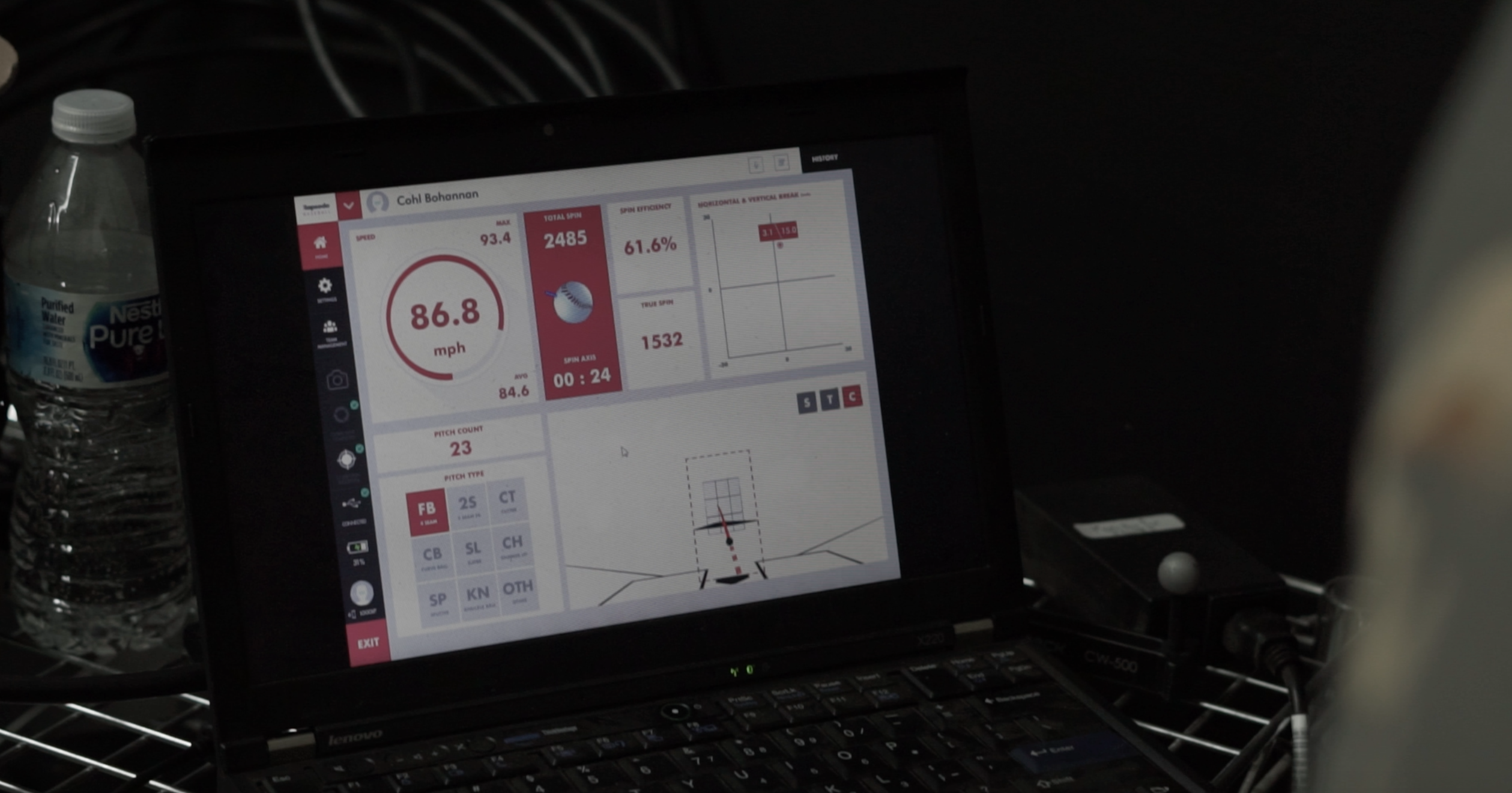
Every player and coach has spent time working on an offspeed pitch and then waiting days or weeks to see how it does in a game before tweaking a grip or cue again. There is immense value is shortening the time it takes by getting spin rate readings on a device like the Rapsodo and seeing how the ball comes out your hand with an high-speed camera.
Hitting Specific Individualization
Hitting has similar themes to pitching.
If an athlete needs to hit the ball harder, he is going to spend time working on his swing, but he is also going to need to get comfortable in the weight room.
If there are mechanical issues that need to be addressed, look at doing specific mobility work and using weighted bats and other constraint drills.
If an athlete has trouble catching up to high velocities, it’s good to be practicing hitting 92. If there’s trouble with offspeed pitches, practice hitting offspeed pitches.
This is also where measuring exit velocity and launch angle come in. Yes, certain hitters can overhaul their swing to hit the ball harder and at a higher launch angle. But they can also improve both of those metrics by becoming more consistent and getting less mis-hits.
There is a different process when you have a hitter who already hits the ball hard compared to one that needs to hit the ball harder and at a better angle.
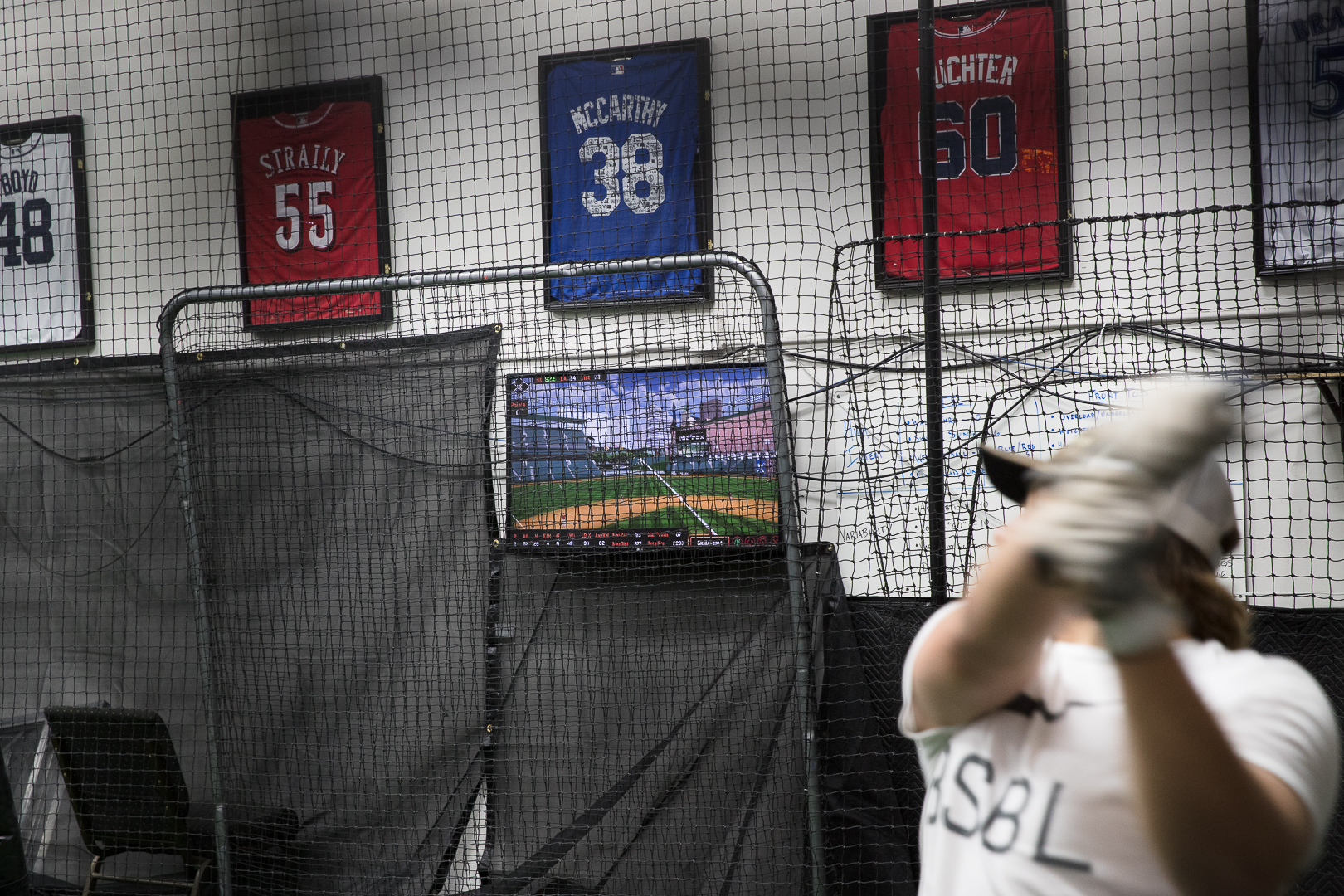
It isn’t the technology or data itself that makes that choice, it’s the coach looking at the numbers and communicating with the player what the steps are to get to the next level.
All of these come down to assessment—seeing where an individual is at, then specifically looking at what each needs to improve on in order to get better.
Data and Continual Assessment
The benefit of having a data-centric approach is that assessments can be continuous.
On top of the formal assessments, the data we collect during training, plus the time watching our athletes, train also works as an assessment.
Velocity days track throwing progress just like HitTrax can track exit velocity and launch-angle progress.
Even though these numbers can be incredibly valuable, there is often push back on how they should be used, or if they should be used at all.
One of the most unusual things about coaches and players not seeing the positives for certain metrics is that many of them simply describe what occurred: exit velocity, launch angle, spin rate, pitch movement, and even pitch velocity are all descriptions of what occurs.
They aren’t a new way of coaching. They just describe what happens. It’s up to the coaches and players to decide the best way to make a change or if change is needed at all.
We now have an unbelievable opportunity to measure what previously couldn’t be measured. So not only do we know what the better players do when they are successful, but we can measure where an individual player is and work on getting him to the next level.
All the data that can be taken in during an assessment, or tracked during training, is simply more information to better supplement good coaching.
Good coaching should be able to take the information of where that player is and help him work towards where he wants to be.
Pitch velocity and spin rate are valuable to a pitcher because they tell us more about how he should pitch. It’s no secret that faster pitches are harder to hit—that’s just math. All a radar gun does is give you a concrete idea of where you are. Getting spin-rate data from a Rapsodo can tell a pitcher how to use his fastball, and it can give much more specific information on how to improve other pitches.
Every hitter wants to get hits, so understanding how hard and where he is hitting the ball is going to be valuable information. Then, understanding what the players better than him are doing is going to give him goals to aim for.
Many of the counter-arguments against these metrics come linked to some sort of hitting or pitching philosophy, which is where the problem comes in. People do not understanding that the numbers have value in their own right, or they misunderstand or misinterpret what they mean.
Coaches can take that data and use it as a goal to work the player towards. How do you get there? Good coaching, that’s how. Coaches are going to need to take the data and do whatever they need to do to get the players to reach those numbers.
Doesn’t matter what cues, doesn’t matter the drills, just get the players from where they are now closer to their goals.
We now know more about professional players now than we did years ago, and that knowledge should be used to help develop players. We aren’t aiming for a certain batting average, because we now know: the best hitters hit the ball more often at X MPH and at Y Launch Angle, so those are the goals we need to reach to be better.
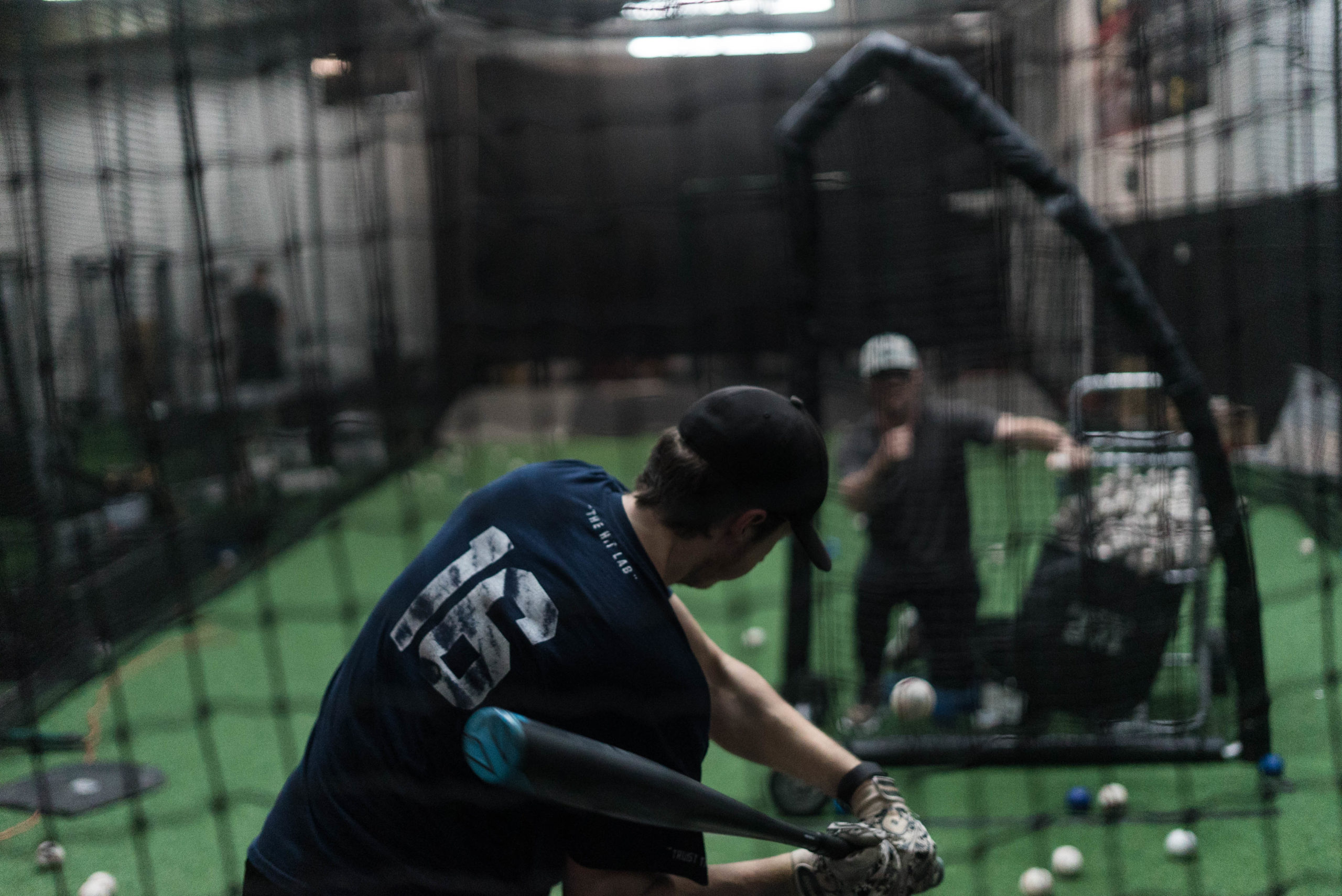
If I’m only going to get a hit three or four times every ten at-bats, then I should train to get as many hits at X exit velocity and Y launch angle to maximize the value of them.
The data collected during the training period feeds into the information we can gather from a formal assessment, gathering a more complete picture.
Conclusion
Both pitching and hitting are incredibly difficult, so the more information you can get to learn more about just one piece of the puzzle is incredibly beneficial.
It’s not technology and data vs. coaching. Technology and data can fill in the gaps of what players and coaches have been trying to figure out forever. The average coach intuitively knows more about the game than any number can tell him.
But the best coaches are going to be the best translators. Being able to take the data and communicate it to an athlete so they both understand where they are now, and where they need to be.
The clear advantage goes to the coaches who can build relationships and communicate what players need to do to improve while using data to track progress.
Coaches know the players best and know how they can get the message across, each athlete is different so the best coaches will be able to match the data to the player in a way that they can understand.
Having a good formal-assessment process means that your program will have individualization baked into it. Assessments drive programming, meaning you meet each player where they are and then give them goals to improve on.
Measuring all of these pieces isn’t the end all be all, because of course we all want athletes to perform best in a game situation. What measuring these data points does is gives you a much clearer picture of how a player can develop and that’s the next stage of the game.
Train at Driveline
Interested in training with us? Both in-gym and remote options are available.
- Athlete Questionnaire: Fill out with this link
- Email: support@drivelinebaseball.com
- Phone: 425-523-4030
Make the best decision of your career.
This article was written by Research Associate Michael O’Connell
Comment section